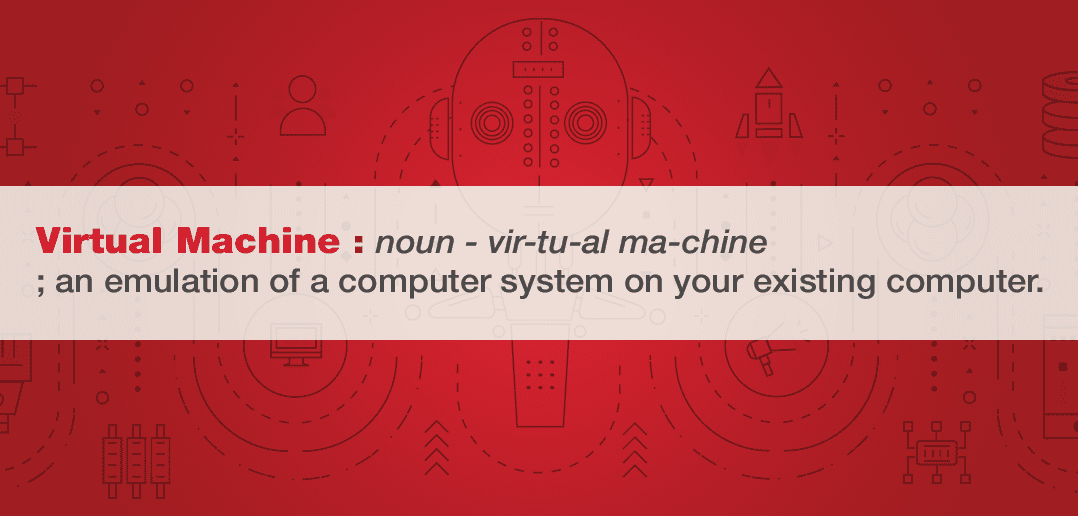
What is a Virtual Machine on macOS
What is a Virtual Machine? In very simple terms, think of a virtual machine as “a computer within a computer.”
Users may need to use a virtual machine if they need to accomplish a goal that their current existing computer or operation system can’t accomplish for them. For example, running Microsoft Windows–specific programs on an Apple® Mac® computer.
A virtual machine is an emulation of a computer-system hardware on your existing computer.
(This is where the whole “computer within a computer” idea comes into play.)
A virtual machine (VM) is a replication of an operating system within a users computer—which means the ability to run Windows on Mac allows a user to unlock endless possibilities with their Apple device.
By utilizing virtualization technology, Parallels Desktop® for Mac empowers millions of users to go beyond the limitations of hardware to achieve their end goals.
- A student could save hundreds (or thousands) of dollars by using a VM to run that Windows application they were told they need for their classes. No need to buy an additional computer to pass that class.
- An accountant endlessly improves their productivity by running applications like QuickBooks or Quicken through Windows on Mac VM’s. No need to partition/erase/rewrite a hard drive just to do their taxes.
- IT Managers have saved hundreds of thousands of dollars by using virtual machines! This allows for all employees to have exactly what they need without breaking that IT budget by buying multiple computers for multiple people.
- Developers! We see you out there. Writing, testing, and deploying your projects without fear of ruining your beautiful MacBook. But again, you’re not held back by your device. Need to develop for Android, Windows, or Linux? No problem. Use a virtual machine to achieve your goals safely.
- Own a small business and need to wear many “hats” to grow? Don’t worry – virtual machine’s allow for a lack of restriction. No matter what app you may need you can have access to it regardless of the operating system.
- Process virtual machines provide an emulation of a platform-independent programming environment. This allows a program to deliver in the same way on any platform – such as Wine software in Linux that helps to run Windows applications!
Want more? Deep dive into the technology of virtualization and learn here: “What is Virtualization?”
Try yourself for 14-days free with Parallels Desktop for Mac by downloading the free trial here.

